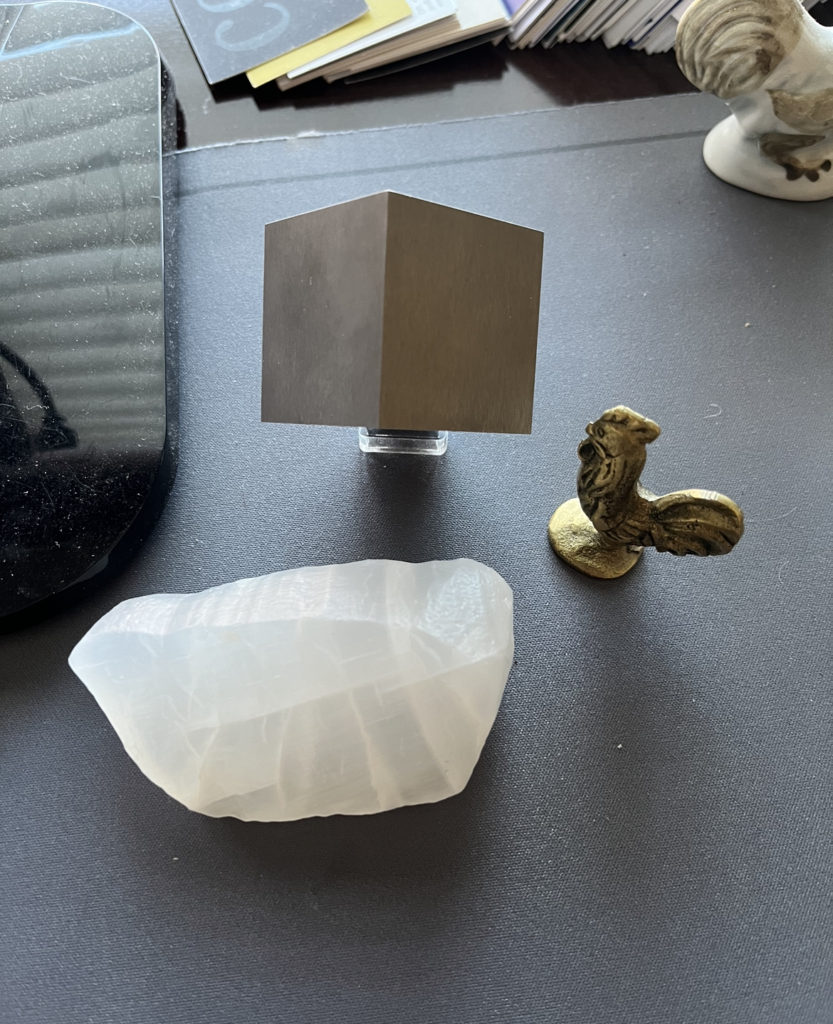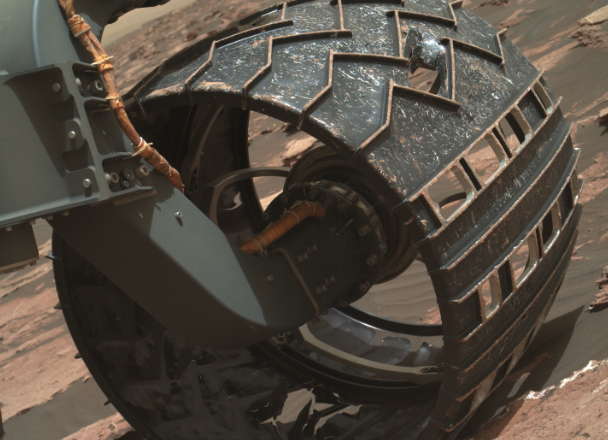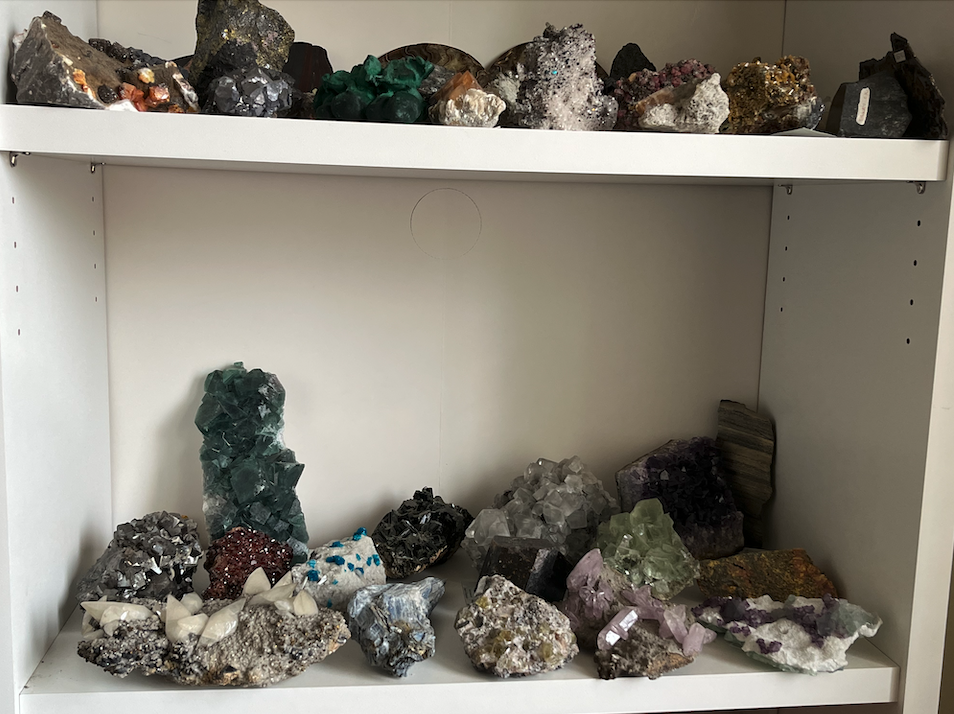Blowin’ In The Wind
(click above..you won’t be sorry)
One of my bestest favouritest rocks is a ventifact (pictured below). It sat on my office desk in downtown Vancouver for the last 4 years and was terribly neglected during lock down, so I brought it home last week to make it feel loved again. It now sits under my computer screen next to a 1kg cube of tungsten metal and a small brass cock. (As an aside, the tungsten cube is unbelievably dense – the same specific gravity as gold at about 19.2).

Ventifacts are naturally polished rocks that have been shaped by wind-blown sand or ice, typically in desert environments -a process known as as “corrasion“; a new technical word for me, which just goes to show you’re never too dumb or too old to learn. They’re found in deserts all over the world from Antarctica to Egypt and have even been recognised on Mars where they’re suspected to have damaged a wheel on NASA’s Curiosity Rover. The term -which loosely translated from the Latin means something made by the wind- first appears in the literature around 1911; a British geologist coined it to describe wind-shaped rocks he saw in Africa and parts of Asia.



